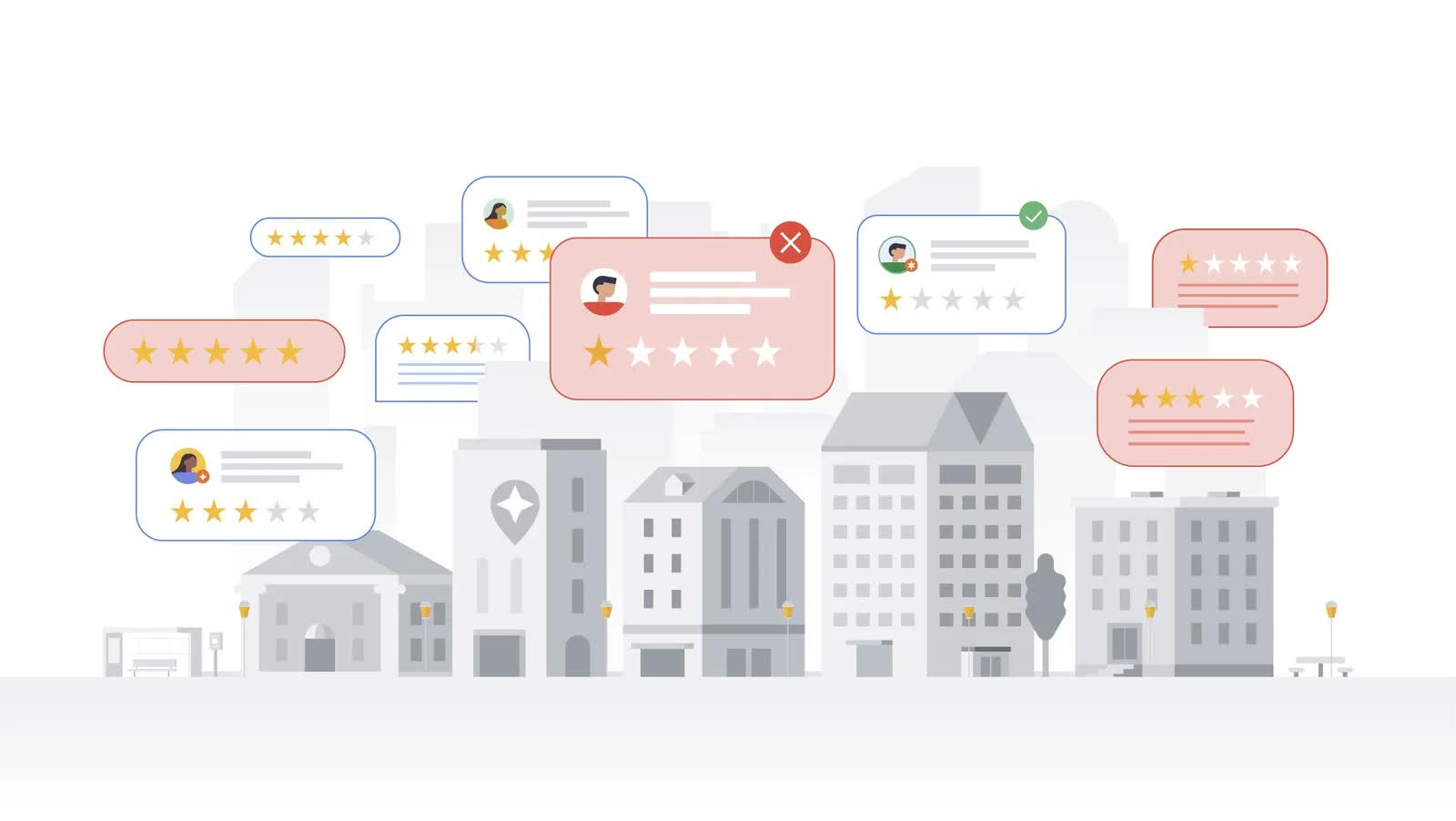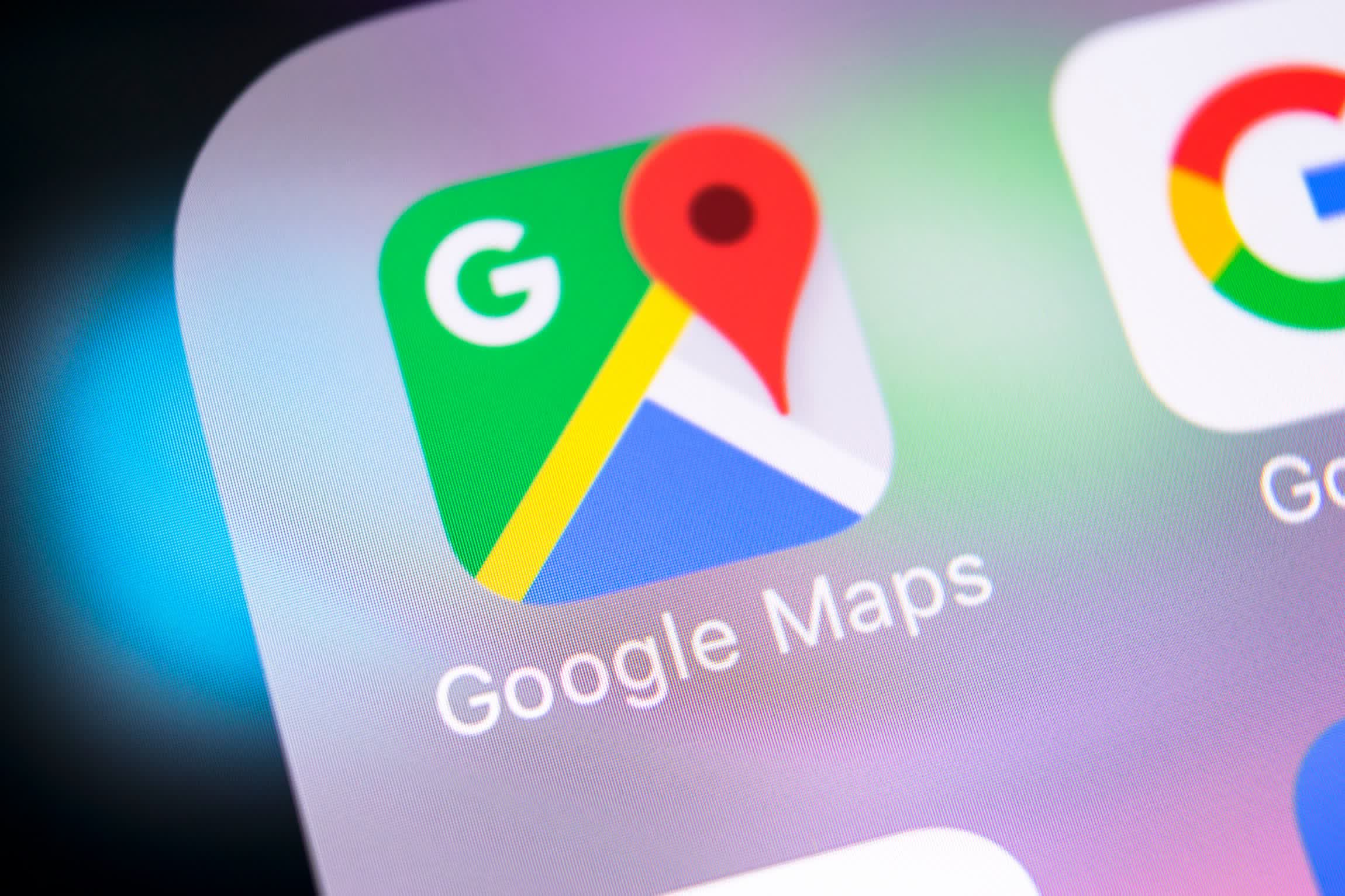In brief: Google receives around 20 million business-related contributions to Maps and Search every day, including hours, ratings, photos, reviews, videos and more. Unfortunately, fake reviews are rife on its services. But the tech giant launched a new machine learning algorithm last year that detects these fakes faster than ever. It led to 170 million false reviews being removed in 2023.
Dan Pritchett, Principal Software Engineer at Google Maps, writes that reviews undergo rigorous scrutiny by Google's moderation systems before they're published. The systems also monitor content for suspicious activity over time, which is where the new machine learning algorithm launched last year comes in.
Pritchett explains that the algorithm detects questionable review patterns even faster by examining longer-term signals on a daily basis. Some examples of suspicious activity include a reviewer leaving the same review on multiple businesses, or if business receives a sudden spike in 1-star (review bombing) or 5-star reviews.
The algorithm is also designed to combat the problem of scammers who contact businesses claiming they can improve their reviews and online presence for a fee. Once the patterns are identified, such as the categories of business that are being targeted, the algorithms are refined to protect these businesses from the scammers. Google says it caught over five million fake review attempts related to one particular scam in just a few weeks.
Google has the figures to back up its boasts. Over 170 million reviews were removed for violating company policies last year, a massive 45% more than in 2022. It also identified and removed 12 million fake business profiles. Furthermore, 14 million policy-violating videos were removed in 2023, twice as many as the year before, and business owners were protected from over 2 million attempts by scammers trying to claim Business Profiles that did not belong to them.
Google doesn't take people trying to manipulate its system lightly. It filed a lawsuit against a scammer last year who posted more than 350 fraudulent Business Profiles and tried to bolster them with more than 14,000 fake reviews. The person then attempted to sell information about consumers who had interacted with the fake profiles.

